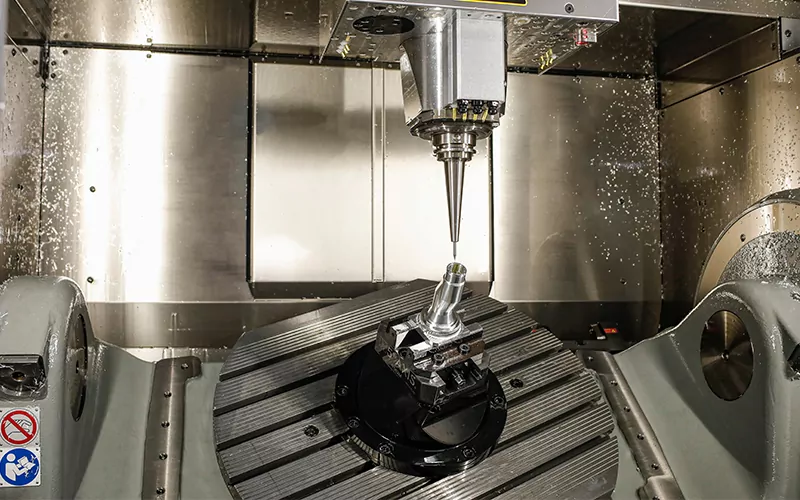5 axis cnc machining services
Shock! It's amazing how magical this thing is 5 axis cnc machining services. Understanding the Technology behind 5 Axis CNC Machining and its Applications has revolutionized the manufacturing industry, allowing for the production of complex and intricate parts with unparalleled precision. This article aims to delve into the intricacies of 5 Axis CNC Machining, shedding light on its technology and diverse applications. 
The Basics of 5 Axis CNC Machining
5 Axis CNC Machining refers to the capability of a CNC machine to move a part or a tool on five different axes simultaneously. Unlike traditional 3-axis machining, which limits the cutting tool to three linear axes (X, Y, and Z), 5 Axis CNC Machining enables the cutting tool to have two additional rotary axes, allowing for a greater range of motion and flexibility in cutting through various angles and orientations.
One of the primary advantages of 5 Axis CNC Machining is its ability to produce complex geometries and intricate designs in a single setup, reducing the need for multiple operations and minimizing errors that may arise from part repositioning.
The Technology behind 5 Axis CNC Machining
The technology behind 5 Axis CNC Machining involves advanced software and hardware integration to control the movement of the cutting tool along the multiple axes. The CNC controller interprets the design specifications and generates the toolpath, coordinating the motion of the machine's axes to precisely cut and shape the workpiece.
Additionally, the machine's rotary axes are equipped with high-precision rotary tables or tilting rotary trunnions, allowing for continuous and simultaneous movement in multiple directions. This intricate coordination of movements is made possible through the use of servo motors, encoders, and feedback systems, ensuring the accuracy and repeatability of the machining process.
Applications of 5 Axis CNC Machining
The versatility of 5 Axis CNC Machining extends to a wide range of industries and applications. From aerospace components and automotive parts to medical devices and intricate molds, the technology has found its place in the production of complex and high-precision components.
One notable application of 5 Axis CNC Machining is in the production of impellers and turbine blades for jet engines. The ability to precisely machine the intricate airfoil profiles and complex geometries of these components is crucial for optimizing engine performance and efficiency.
The Future of 5 Axis CNC Machining
As technology continues to advance, the capabilities of 5 Axis CNC Machining are expected to evolve further. The integration of advanced automation, real-time monitoring, and adaptive control systems will enhance the efficiency and accuracy of the machining process, opening doors to new possibilities in manufacturing.
Furthermore, the use of additive manufacturing techniques alongside 5 Axis CNC Machining, often referred to as hybrid manufacturing, is poised to revolutionize the production of complex, multi-material parts with unprecedented precision and customization.
In conclusion, Understanding the Technology behind 5 Axis CNC Machining and its Applications has redefined the possibilities of precision manufacturing, offering a glimpse into the future of advanced production capabilities. References
|